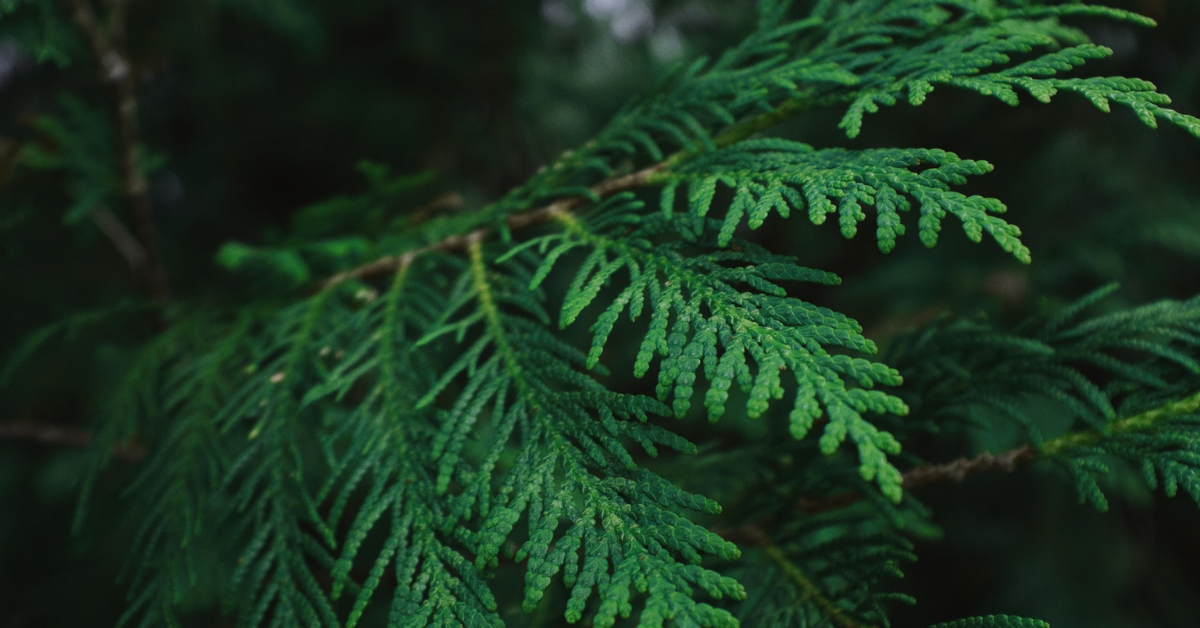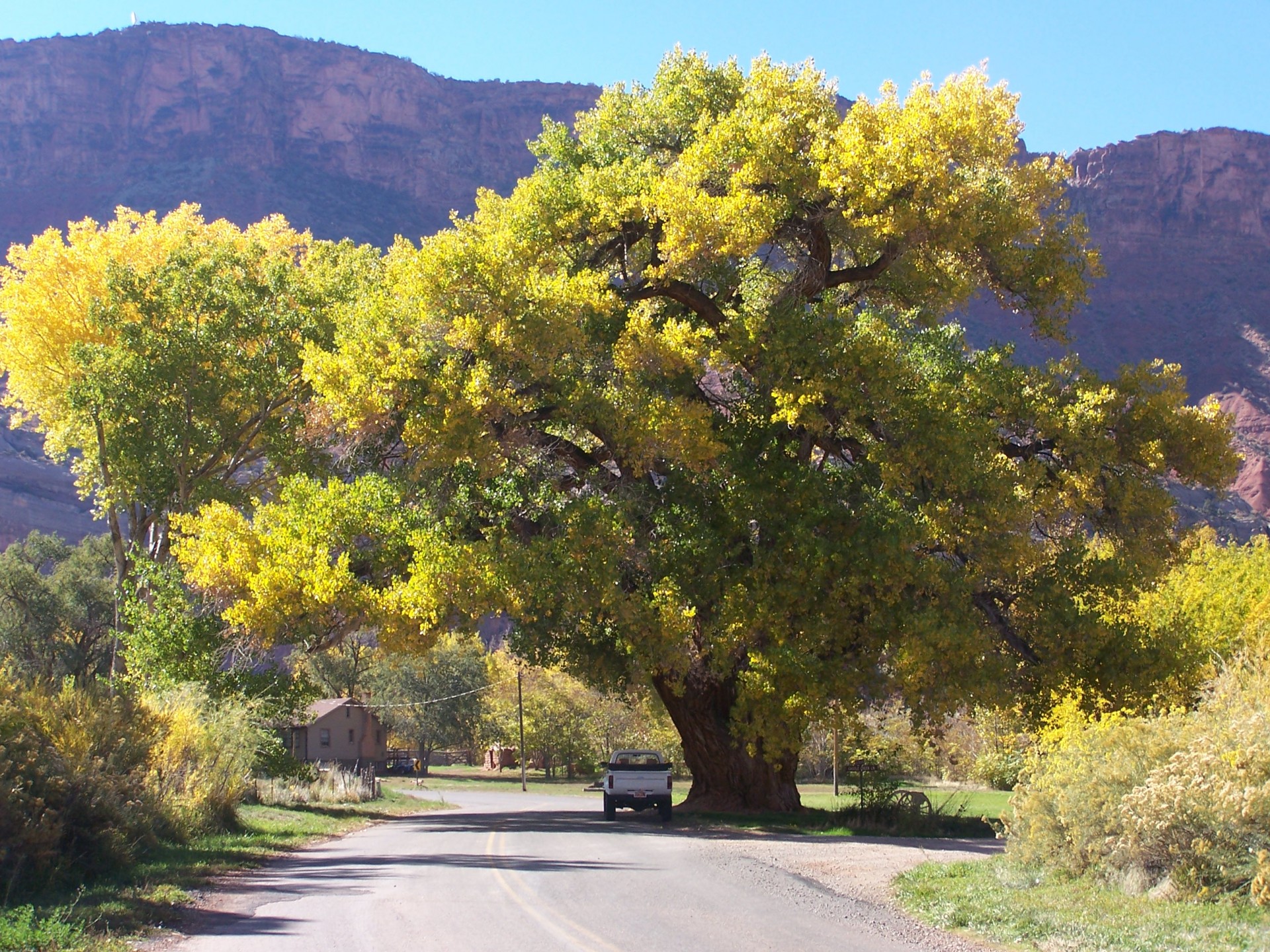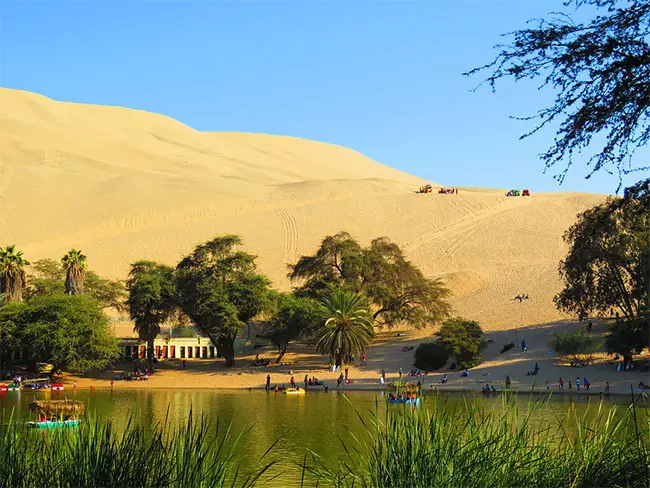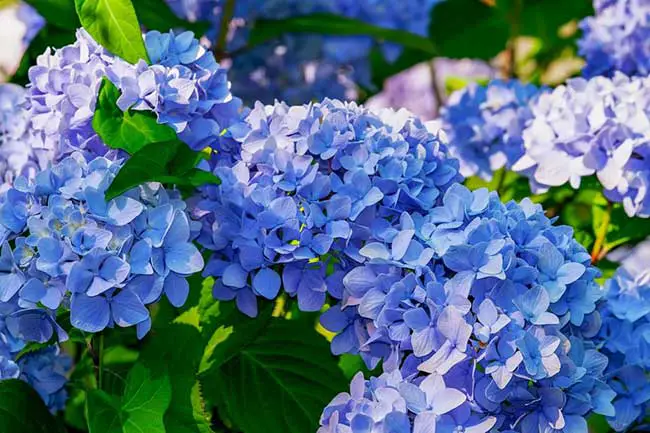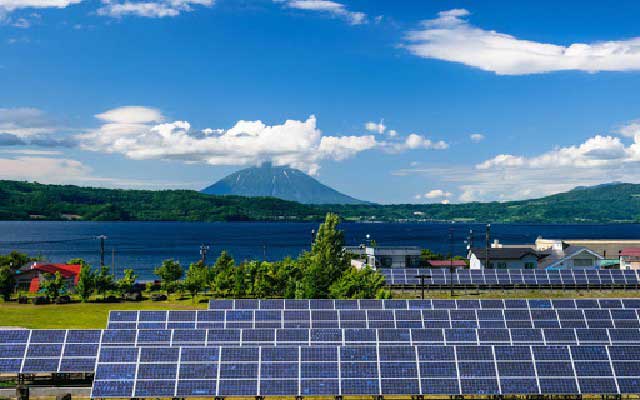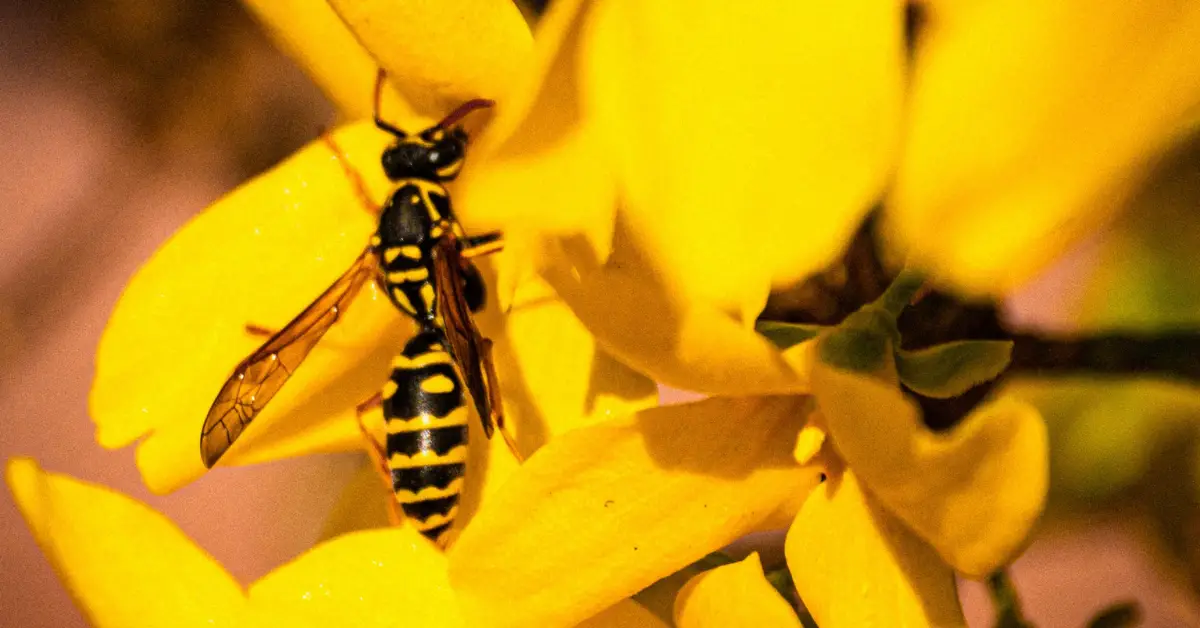Phoenix Palm tree (Phoenix Canariensis), also known as Canary Palm tree because of its origin, is one of the most beautiful palm trees. It has large featherlike palm leaves that resemble a firework made of foliage at the top of the tall trunk. With its pretty and ornamental fruits, this elegant palm tree is a natural-born attention seeker.
Phoenix palm trees can reach 60 feet tall with the leaves growing up to 40 feet in a horizontal span. However, you can grow it for many years in a pot on your balcony or garden since it is a slow-grower. When it gets too big, you can give it away or sell it to plant in a yard. Nevertheless, the Canary Island date palm tree leaves spread up and out.
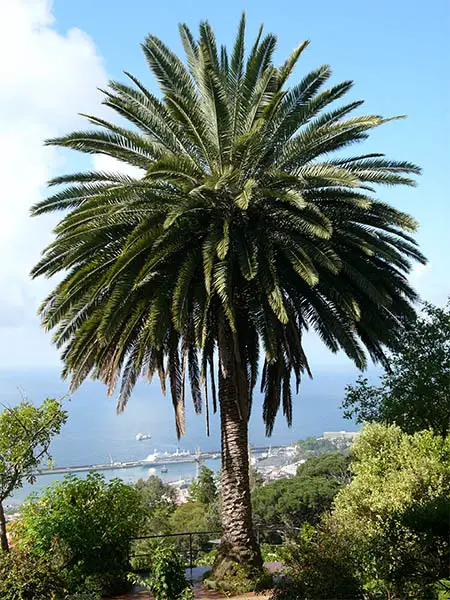
Therefore, it takes up a lot of space, even when it is still young. That is why the Phoenix Palm tree should be the center of attention on a spacious balcony without many other plants.
You can buy established seedlings from a supplier. But germinating could be fun, and it is understandable if you want to grow it from their seeds. Here are some steps in how to grow palm trees from seeds.
How to select the seeds of Phoenix Palm Tree
First of all, you should pick mature seeds. Matured palm tree seeds usually have bright or intense colors such as black, brown, red, orange, or yellow. However, if the only seed you have is green, you should wait a while, and it should change color. Then, you must take the big ones; otherwise, it would be a waste of effort.

Next, you have to squeeze the ripe fruit to remove the seed then wash it thoroughly. Fruit contains particular germination inhibitors. To prevent later rotting of seeds, you must make sure all slime or remnants of fruit, including the thin coat, are cleaned.
Therefore, the seeds are not “slimy.” You do not need to soak this kind of fresh seeds, but if you have the dry ones, you must soak it but keep the moisture at medium level.
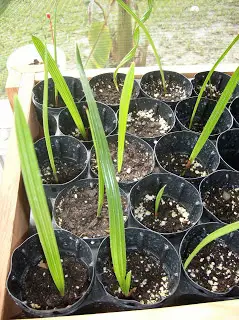
Germination techniques of Phoenix Palm Tree
There are two techniques you can use to germinate your palm seeds: Community pots and baggie. The first one is the most commonly used commercial growers technique, while the latter is used under particular circumstances. You sow many seeds in the germinating soil prepared in a container or bed in the community pots method. It is so space-efficient, and that is why this method mostly used. The air circulation here is good, and we can apply fertilizer evenly. Moreover, the development of the individual seed here can observe easily, so we know which seed to remove and can remove it anytime readily. However, as the seeds are closely put, there is a chance of collateral contamination by fungus.

The name baggie techniques come from the use of bags in the germination. This technique is more comfortable and less expensive. Here it would be best if you had plastic zipper bags to put the seed and its germination medium, which is slightly damp sphagnum moss or perlite, then put the bag in a warm place. Individuals usually use the baggie technique, not for commercial purposes, to only germinate a few seeds. It is cheaper anyway and suitable for mobile, but it does not allow easy observations, so problems can occur without knowing if you do not check it often.
For the germination process, a greenhouse environment is the best as you can control the humidity and temperature. You can give more heat in such a controlled place, higher low temperatures, and more consistent humidity. Moreover, predators’ risk has reduced, and there will be fewer weed contamination and weather-related problems. If you are not planning to grow inside a greenhouse, you can create a germination box out of Styrofoam with a plastic lid then give it a simple warming device such as a light bulb. However, if both are not possible for you, you can put your seeds in the warmest area possible with good humidity and away from direct, hot sunlight. A Phoenix palm tree requires full sun, but filtered light prefer for germinating the palm seeds.
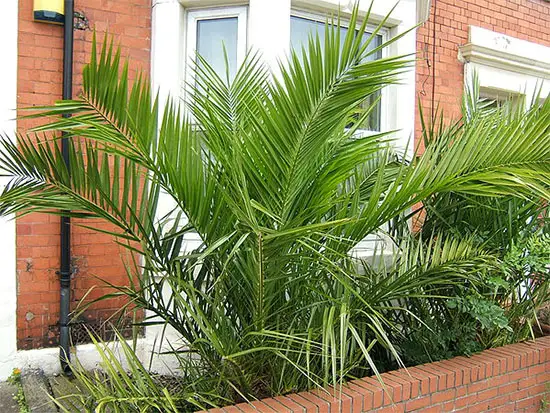
Procedures and Recommendations
A phoenix palm tree needs full exposure to the sun. Supplied soil should be drained well later since this palm tree is suitable for drier areas. However, you are required to water it well to set up good roots during its first season. You need to water it with a soaker hose every day for the first two weeks, and then you have to reduce it to once a week for the remaining of the first growing season. Once the palm tree has been established, you need to water it less. You can give a 3-inch layer of organic protection cover around the tree’s base to keep the soil moisture consistent. It also helps to get rid of weeds as they will take away water and soil nutrients.

As the phoenix palm tree originated from the Canary Islands, it is more suitable for warmer, tropical areas such as Florida and southern California. Even though it can survive short snowing days, it will not tolerate the cold climate. However, the spring is the best time to use fertilizer on this palm tree, right before new growth appears. It would help if you fertilized your phoenix palm tree to keep them healthy and to look attractive. You should spread the fertilizer evenly under the canopy but keep the product from touching the trunk. The fertilized area should water after application and made sure to moisten at the top 24 inches of soil.
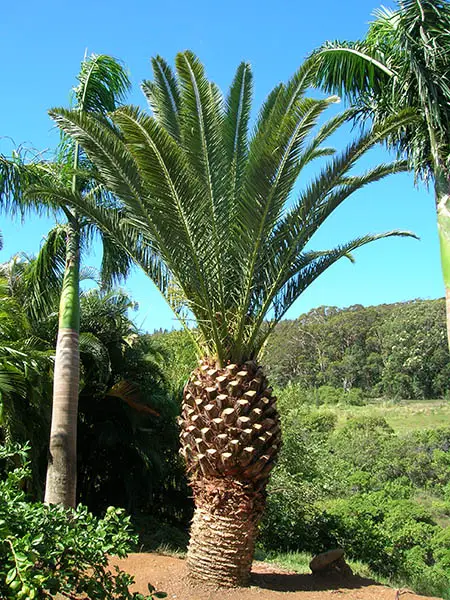
Regular trimming needs to grow tidy and healthy phoenix palm trees. You have to remove the fruit and stalk, palm leaves that have changed in color, are rotten, or are dead. It is best to prune your palm tree in the spring using sharp loppers. However, you should avoid removing green leaves and fronds pointing out horizontally or upward. Trimming out fronds beyond the horizontal often demotes foliage growth and promotes the risk of plant diseases.

